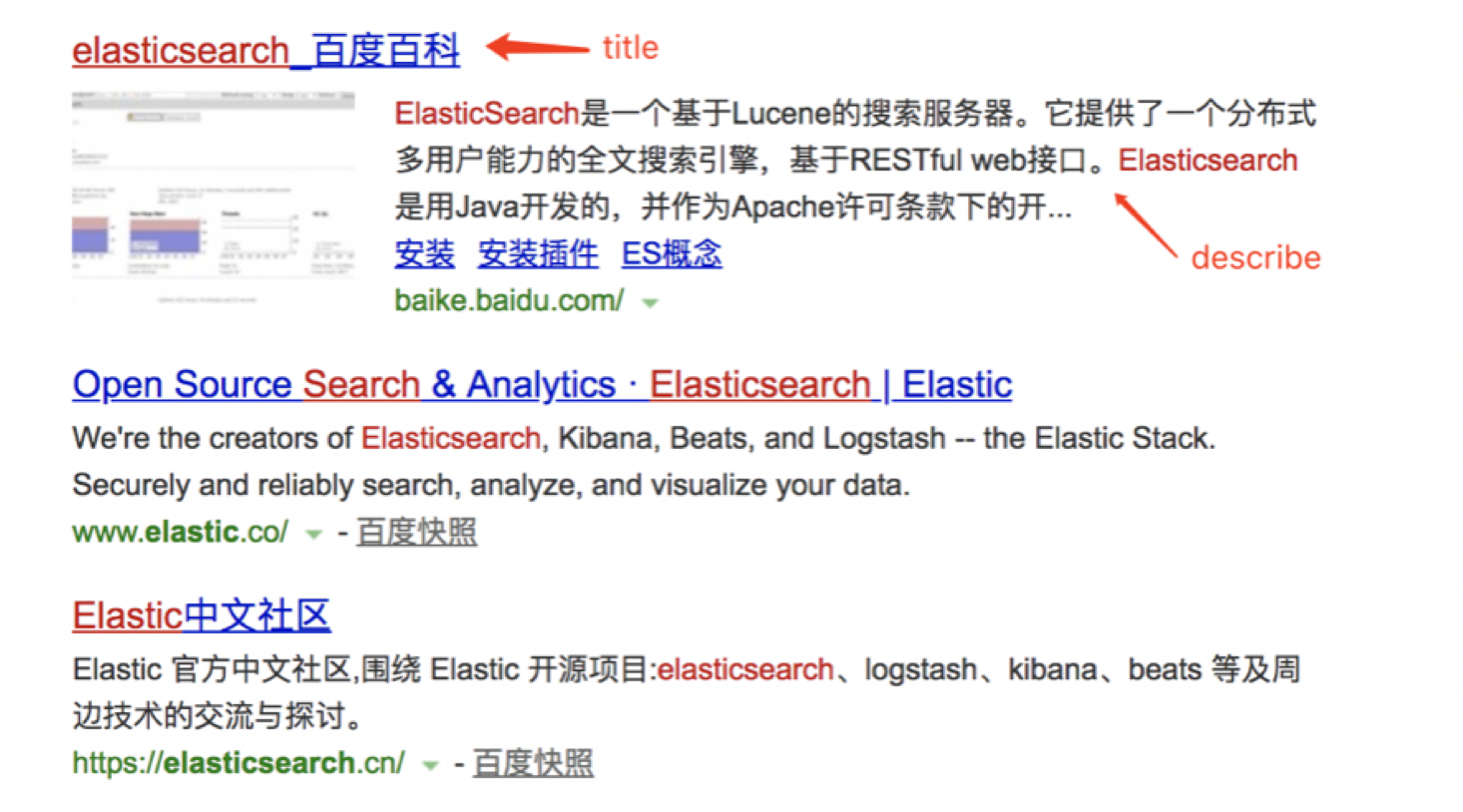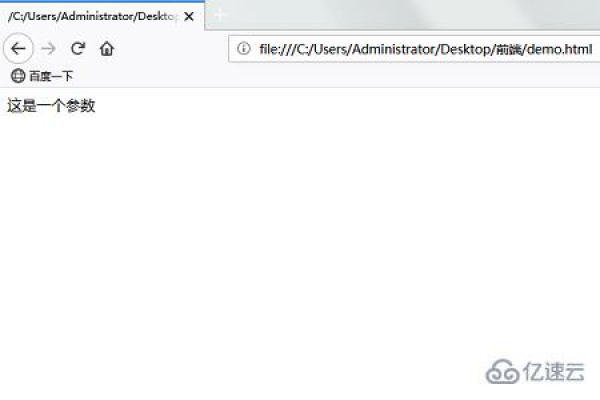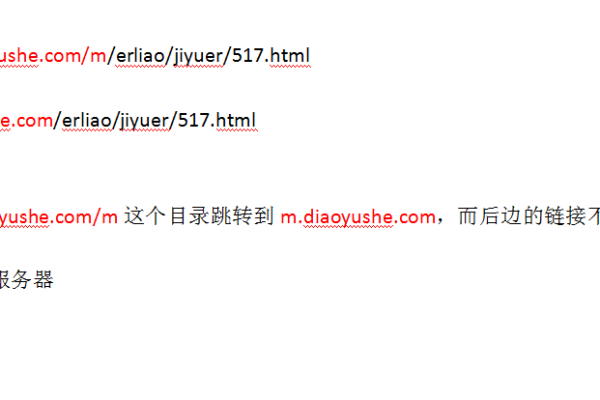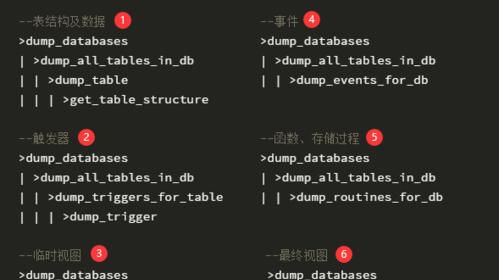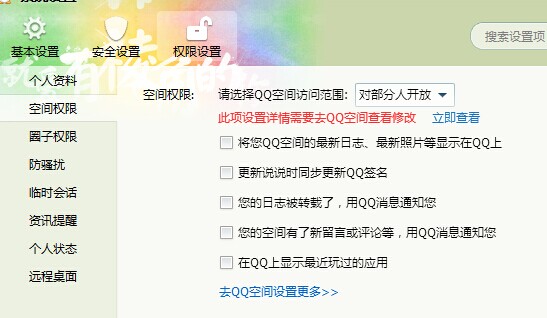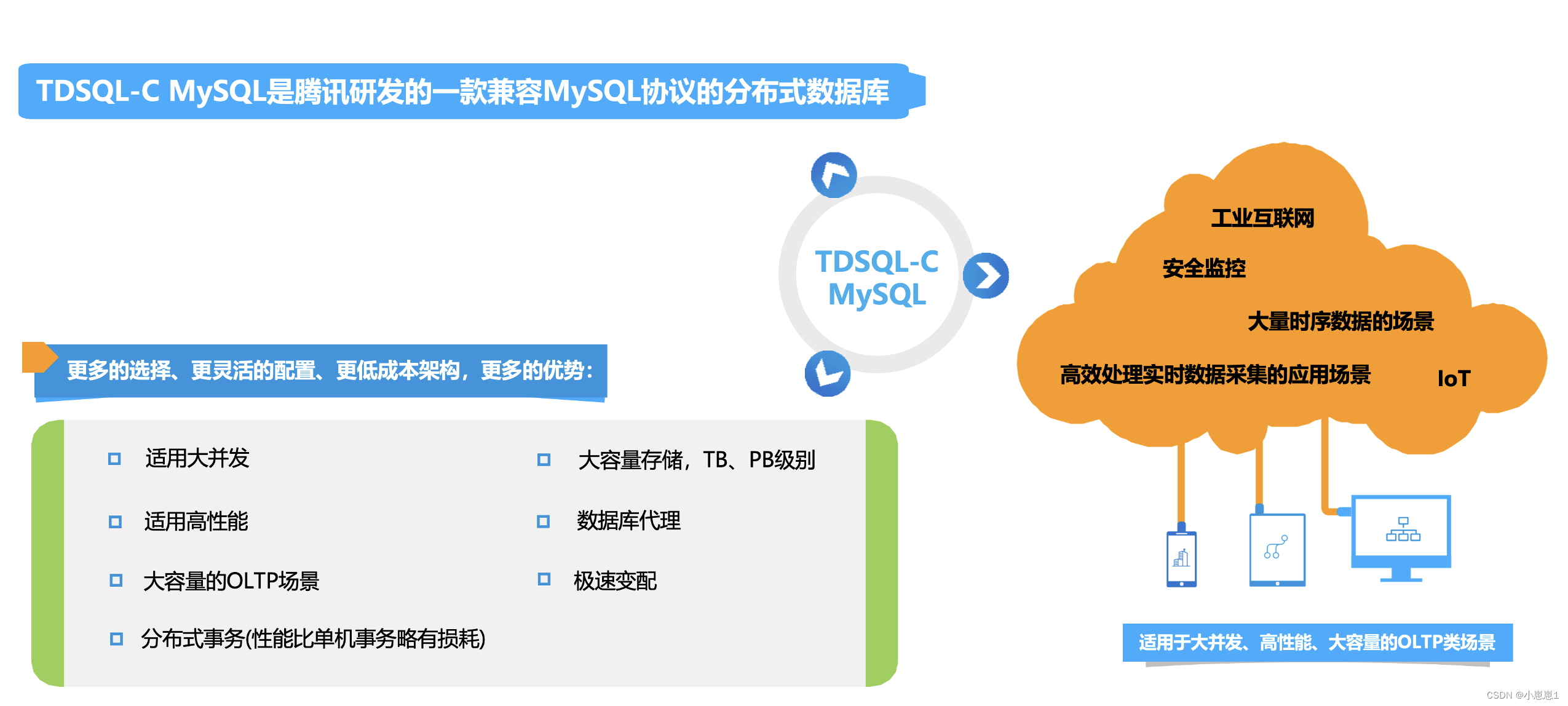从数据库中获取的url怎么直接在网页上显示标签了
- 行业动态
- 2025-04-05
- 6
从数据库中获取的URL可以直接在网页上显示标签,只需将URL作为HTML中的`
标签的href
属性值。`
html,点击这里访问网站,`
http://example.com就是从
数据库中获取的URL。
在现代Web开发中,从数据库中获取数据并在网页上显示是常见的需求,假设你已经从数据库中获取了一个URL,并希望在网页上直接以标签的形式展示它,以下是详细的步骤和示例代码,帮助你实现这一目标。
设置数据库连接
你需要连接到你的数据库,这里以MySQL为例,使用Python的Flask框架来演示如何从数据库中获取数据。
from flask import Flask, render_template
import mysql.connector
app = Flask(__name__)
def get_db_connection():
connection = mysql.connector.connect(
host='localhost',
user='yourusername',
password='yourpassword',
database='yourdatabase'
)
return connection
查询数据库获取URL
编写一个函数来查询数据库并获取所需的URL。
def get_url():
connection = get_db_connection()
cursor = connection.cursor(dictionary=True)
cursor.execute("SELECT url FROM your_table WHERE id = %s", (1,)) # 假设你根据ID查询
row = cursor.fetchone()
cursor.close()
connection.close()
return row['url'] if row else None
3. 创建Flask路由并传递URL到模板
创建一个Flask路由,将获取到的URL传递给HTML模板。
@app.route('/')
def index():
url = get_url()
return render_template('index.html', url=url)
在HTML模板中显示URL
在index.html文件中,使用Jinja2模板引擎来显示URL。
<!DOCTYPE html>
<html lang="en">
<head>
<meta charset="UTF-8">
<title>Display URL</title>
</head>
<body>
<h1>URL from Database</h1>
{% if url %}
<a href="{{ url }}" target="_blank">{{ url }}</a>
{% else %}
<p>No URL found in the database.</p>
{% endif %}
</body>
</html>
运行Flask应用
运行你的Flask应用。
if __name__ == '__main__':
app.run(debug=True)
通过上述步骤,你可以从数据库中获取URL,并在网页上以标签的形式显示出来,这种方法不仅适用于显示URL,还可以用于显示其他类型的数据,只需在模板中进行相应的调整即可。
相关问答FAQs
Q1: 如果数据库中没有找到对应的URL怎么办?
A1: 在模板中添加条件判断语句,如果没有找到对应的URL,可以显示一条默认消息或进行其他处理。
{% if url %}
<a href="{{ url }}" target="_blank">{{ url }}</a>
{% else %}
<p>No URL found in the database.</p>
{% endif %}
Q2: 如何在网页上显示多个URL?
A2: 如果需要显示多个URL,可以在数据库查询时返回多个结果,并在模板中循环显示。
def get_urls():
connection = get_db_connection()
cursor = connection.cursor(dictionary=True)
cursor.execute("SELECT url FROM your_table")
rows = cursor.fetchall()
cursor.close()
connection.close()
return [row['url'] for row in rows] if rows else []
然后在Flask路由中传递URL列表:
@app.route('/')
def index():
urls = get_urls()
return render_template('index.html', urls=urls)
在模板中循环显示URL:
<!DOCTYPE html>
<html lang="en">
<head>
<meta charset="UTF-8">
<title>Display URLs</title>
</head>
<body>
<h1>URLs from Database</h1>
<ul>
{% for url in urls %}
<li><a href="{{ url }}" target="_blank">{{ url }}</a></li>
{% endfor %}
</ul>
</body>
</html>
